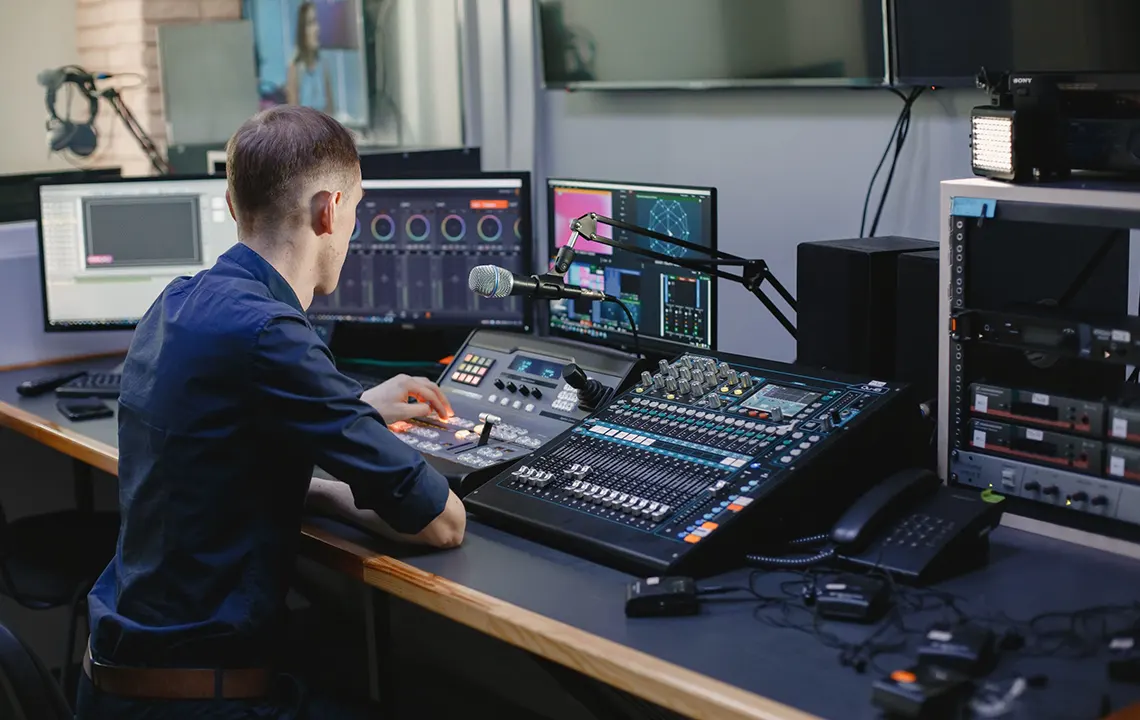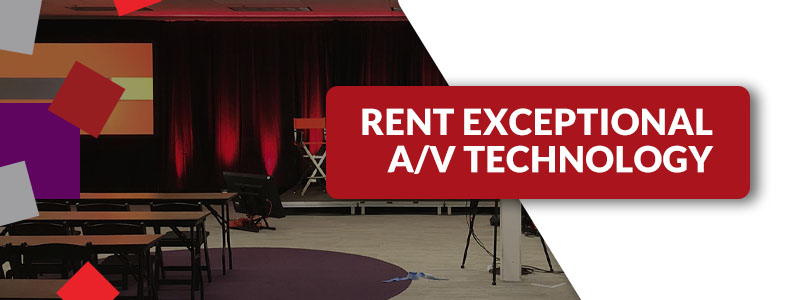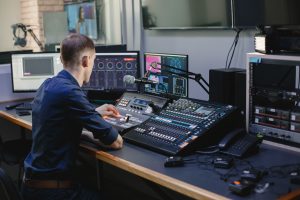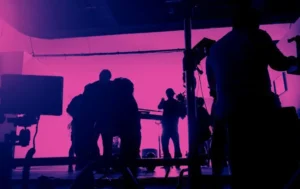In the world of audio visual productions, having the right equipment is crucial to delivering high-quality content that captivates audiences. Whether you are a seasoned filmmaker, content creator, or a beginner taking your first steps into the AV industry, selecting the appropriate equipment can make a significant difference in the final outcome of your projects. In this comprehensive guide, brought to you by Megahertz Productions, we will explore essential tips and insights to help you choose the right equipment for your audio visual productions.
How to Choose the Right AV Equipment for Your Event
1. Assessing Your Production Needs:
Before diving into the vast sea of AV equipment options, start by understanding your specific production needs. Consider the type of projects you work on, the locations you shoot in, and the level of professionalism you aim to achieve. This initial assessment will guide you towards selecting gear that aligns with your requirements and budget.
2. Choosing the Right Camera:
The camera is the backbone of any AV production. Decide between DSLRs, mirrorless cameras, or professional cinema cameras based on factors like image quality, resolution, low-light performance, and lens compatibility. If you’re on a budget, modern smartphones can also serve as viable options for certain projects.
3. Selecting the Ideal Lenses:
Lenses play a crucial role in determining the look and feel of your visuals. Invest in a range of lenses, including wide-angle, standard, and telephoto, to provide versatility in capturing various scenes and perspectives. Consider factors such as aperture, focal length, and image stabilization when making your lens selections.
4. Understanding Audio Equipment:
Clear and crisp audio is equally important as high-quality visuals. Invest in a reliable shotgun microphone for capturing directional sound, lavalier microphones for interviews and dialogue, and a portable audio recorder for on-location recordings. Quality headphones are essential for monitoring audio during shoots.
5. Lighting Essentials:
Lighting is a fundamental aspect of achieving professional-looking visuals. Get a lighting kit that includes softboxes, LED panels, and reflectors to control and enhance lighting conditions. This will help you create the desired mood and atmosphere for your scenes.
6. Tripods and Stabilization:
A steady shot is essential for smooth and professional-looking footage. Invest in a sturdy tripod for static shots and consider a gimbal or stabilizer for dynamic movements. These tools ensure that your footage remains steady, eliminating unwanted camera shake.
7. Video Editing Software:
Post-production is where the magic happens. Choose video editing software that suits your workflow and skill level. Popular options like Adobe Premiere Pro and Final Cut Pro offer powerful editing capabilities and a wide range of creative tools.
8. Investing in Backup Solutions:
AV projects can be time-consuming and resource-intensive. Protect your hard work by investing in reliable backup solutions, such as external hard drives or cloud storage, to safeguard your footage and project files.
9. Green Screen Setup:
For projects that require visual effects or chroma keying, consider setting up a green screen studio. This will enable you to seamlessly replace the background in post-production and add creative elements to your visuals.
10. Test and Experiment:
Once you have assembled your equipment, take the time to familiarize yourself with each piece and conduct test shoots. Experiment with different settings, angles, and techniques to gain confidence and ensure everything works smoothly on the actual shoot day.
Read More: Sustainability in AV Production
11.Embracing Remote Collaboration Tools:
In today’s interconnected world, remote collaboration has become increasingly vital. Utilize tools such as video conferencing software, cloud-based project management platforms, and collaborative editing software to work seamlessly with your team, no matter where they are located. This can enhance productivity and ensure smooth project execution.
12.Exploring Drone Filmmaking:
Drones have revolutionized the way we capture aerial footage. Incorporating a drone into your equipment lineup can add stunning aerial shots to your productions, offering unique perspectives that were previously difficult to achieve. Ensure you understand the regulations and safety guidelines associated with drone operation in your area.
13.Incorporating Virtual Reality (VR) and Augmented Reality (AR):
VR and AR technologies are pushing the boundaries of traditional audio visual productions. Investing in VR and AR equipment can enable you to create immersive experiences for your audience, opening up new creative possibilities and enhancing engagement.
Read More : The Future of AV Technology
14.Utilizing Social Media Live Streaming:
Live streaming has become a powerful tool for reaching audiences in real-time. Equip yourself with the necessary hardware and software for high-quality live streaming on social media platforms. This can help you connect with your audience instantly and provide interactive content that boosts engagement.
Conclusion
Choosing the right equipment for your audio visual productions is a pivotal step in delivering outstanding results. Remember to assess your specific needs, invest in quality cameras, lenses, audio gear, and lighting equipment, and choose video editing software that aligns with your post-production requirements. By following the insights provided in this guide from Megahertz Productions, you are well-equipped to elevate the quality of your AV projects and create captivating content that leaves a lasting impact on your audience. Happy filming!



